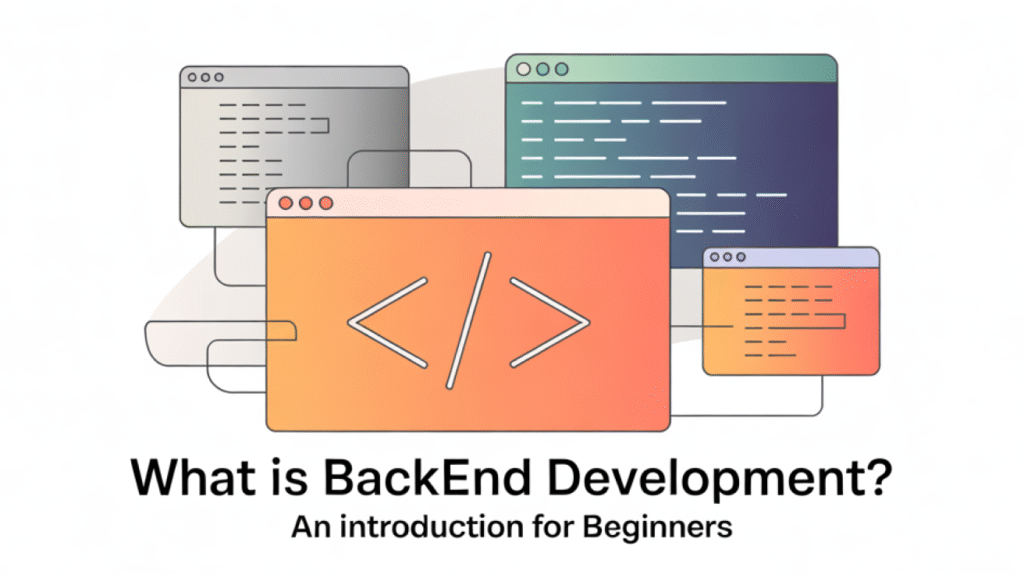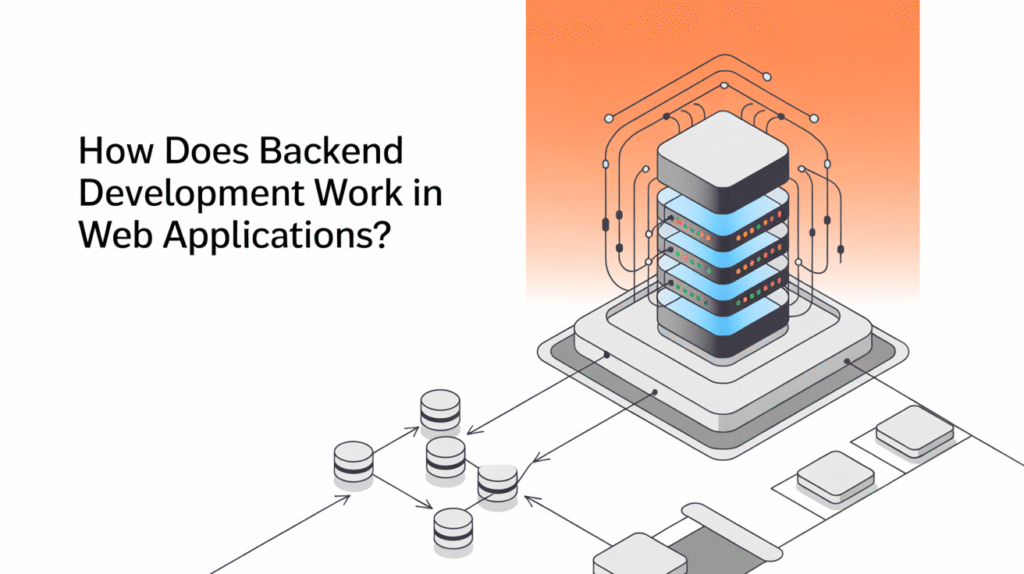- Bluell
- Blog
- iOS
Common Mistakes When Building iOS Apps: How to Avoid Them
- Development
- 9 min Read
- 19 May 2025
Ensuring your iOS app succeeds means avoiding critical missteps from day one. Apple’s strict App Store review and human interface guidelines require platform-specific compliance, and ignoring these rules often leads to rejection or usability issues.
A clunky UI/UX drives up to 88% of users to abandon apps after a single session, while performance oversights, memory leaks, high crash rates, and slow load times frustrate users and hurt retention. Common coding pitfalls like abusing the main thread or skipping instrument profiling cause app “hangs” and hidden bugs.
Post-launch neglect, failure to gather feedback or issue updates in a timely manner, can cause small issues to snowball into a snowball effect. Misconfigurations of external SDKs can even crash thousands of live users at once, as seen in a Facebook SDK outage. With 85% of users on the latest iOS, staying up to date is non-negotiable.
In this guide, we’ll show you how to avoid these traps and keep users engaged.
Common mistakes when building iOS apps
- Ignoring Apple’s Human Interface Guidelines: Skipping HIG compliance leads to inconsistent, confusing interface patterns that frustrate users.
- Overloading the interface with too many features: Cramming dense menus or excessive options overwhelms users and leads to churn.
- Poor information architecture: Burying critical features under multiple layers of navigation forces extra taps and increases churn.
- Skip testing real devices: Relying solely on the Xcode simulator misses hardware-specific errors (network, sensors) that only appear on actual iPhones/iPads.
- Ignore warnings about auto-layout limitations: Allowing layout errors to persist means that user interfaces break across all screen sizes and orientations.
- Blocking the main thread: Performing heavy tasks (rendering, image decoding) in the UI thread causes freezing, stuttering, and crash-like behavior.
- Neglecting memory management: Overlooking ARC nuances or leaks leads to performance degradation or sudden terminations during long sessions.
- Failing to optimize assets and network calls: Uncompressed images, unpatched API requests, and missing caching slow load times and drain batteries.
- Omitting security best practices: Skipping SSL attachment, input sanitization, or secure storage exposes data and invites intrusion.
- Forgetting the privacy policy in App Store metadata: Omitting a clear policy link can trigger rejection or erode user trust.
- Not collecting analytics or feedback in the app: Lacking user data and feedback loops hides bugs, making it difficult to diagnose churn peaks.
How to avoid these mistakes
- Start every project with a clear design prototype and user flow validation to catch UX issues before coding begins.
- Conduct regular design reviews against Apple’s Human Interface Guidelines to ensure consistency and prevent UI rework.
- Use test-driven development (TDD) or at least unit and user interface testing to catch logic errors and layout issues early.
- Integrate Xcode’s Instruments suite into your workflow to detect memory leaks, high CPU usage, and threading bottlenecks.
- Use asynchronous APIs and background queues for network calls and heavy tasks, so that the main thread is responsive.
- Monitor user performance in production with tools like Firebase Performance Monitoring or New Relic to quickly detect regressions.
- Automate code format checks and static analysis (e.g. SwiftLint, SonarQube) in your CI pipeline to catch anti-patterns before merging.
- Enforce a performance budget – limits on startup time, memory, and packet size – and gate PRs against these metrics.
- Schedule periodic code reviews to refactor complex modules and maintain SOLID principles.
- Finally, you can partner with experienced iOS developers or agencies like Bluell AB who can guide best practices, reduce trial-and-error, and speed up time-to-market.
One of the biggest mistakes: not hiring the right developer
Hiring the wrong iOS developer can derail your project’s timeline, budget, and user satisfaction before you’ve even started. Studies show that choosing based solely on cost often leads to buggy apps, missed deadlines, and skyrocketing maintenance costs.
Without proper domain experience, developers can misinterpret basic requirements or overlook Apple’s human interface guidelines, increasing the risk of App Store rejection. Skipping thorough background checks and technical interviews means that unknown skill gaps remain buried until it’s too late, forcing expensive rewrites.
Similarly, limiting your search to local or “cheap” talent can shut you out from specialists who excel in Swift, Objective-C, and modern CI/CD workflows. Inadequate IT background checks have cost companies millions in wasted developer hours and lost market share.
Red flags—like refusing coding tests or lacking portfolio diversity—often signal that you’re not prepared for complex integrations, security hardening, or performance tuning. Ultimately, poor hiring not only delays feature rollouts but also damages your brand’s reputation when users encounter crashes and slow performance.
For Sweden’s competitive app market, you should invest in proven iOS expertise, whether in-house or through a trusted agency, to ensure scalability, maintenance, and long-term user retention.
Conclusion and next steps
By proactively addressing common iOS development mistakes, from asynchronous errors to ignoring user interface guidelines, you can create robust, user-friendly apps that delight customers. Poor memory management and performance glitches degrade the user experience and increase churn if left unaddressed.
Consistent adherence to Apple’s Human Interface Guidelines ensures intuitive navigation and reduces UI-related errors. Implement rigorous unit testing and MVP feedback loops to catch bugs before launch. Use performance analysis and CI/CD guardrails to monitor regressions and maintain quality standards.
Are you ready to take your iOS project to the next level? Contact Bluell today for expert guidance and flawless app delivery.
Table of contents
Contact Us
Book a call or fill out the form below and we will get back to you once we have processed your request.




